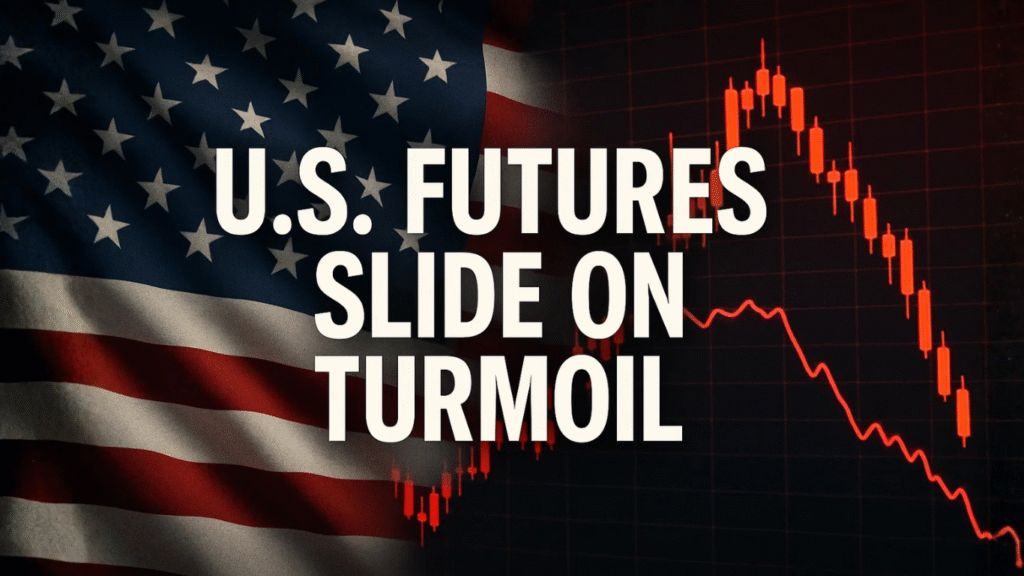U.S. stock futures edged lower Thursday night after Wall Street closed in the red, as renewed fears over regional bank stability rattled investors and geopolitical tensions mounted.
By 20:23 ET (00:10 GMT), S&P 500 Futures fell 0.2% to 6,654.50 points, Nasdaq 100 Futures slipped 0.2% to 24,778.50, and Dow Jones Futures declined 0.1% to 46,097.0.
The pullback followed a difficult day for U.S. equities. The S&P 500 lost 0.6%, the Nasdaq Composite dropped 0.5%, and the Dow Jones Industrial Average fell 0.7%. Pressure mounted after Zions Bancorporation and Western Alliance Bancorporation disclosed loan-related losses tied to potential fraud.
Zions said it would write off $50 million due to “misrepresentations and contractual defaults” in its commercial lending portfolio. Western Alliance, meanwhile, revealed it had begun legal action against a borrower for allegedly using fraudulent collateral.
The fallout sent Zions down over 13%, Western Alliance nearly 10%, and pushed the KBW Regional Banking Index lower by about 6%, reviving memories of past banking crises.
Trade and Political Risks Add Pressure
Investor sentiment was further dampened by escalating U.S.-China trade tensions and domestic political gridlock. President Donald Trump announced plans to impose 100% tariffs on all Chinese imports starting next month, citing Beijing’s restrictions on rare earth exports crucial for U.S. manufacturing and defense industries.
Adding to the uncertainty, an ongoing U.S. government shutdown entered its third week, raising concerns over delayed federal spending and potential drag on Q4 growth. Analysts warn that prolonged dysfunction could impact consumer sentiment and corporate earnings.
Key factors weighing on investor sentiment include:
- Regional bank losses and fraud-related write-downs
- Escalating tariffs and trade tensions with China
- Prolonged U.S. government shutdown affecting spending
- Broader signs of economic slowdown and tightening liquidity
Markets Await Fed and Economic Clarity
Investors are now turning their focus to next week’s Federal Reserve commentary for clarity on monetary policy direction. While inflation data has cooled, policymakers remain cautious amid mixed signals on growth and employment.
Traders are also watching for any signs of contagion in the banking sector, as rising funding costs and weaker credit quality continue to challenge smaller lenders. Analysts say market volatility could persist until stronger clarity emerges on both the Fed’s next move and the U.S.-China trade standoff.
For now, with regional banks under scrutiny and political uncertainty deepening, Wall Street appears poised for another turbulent stretch.


